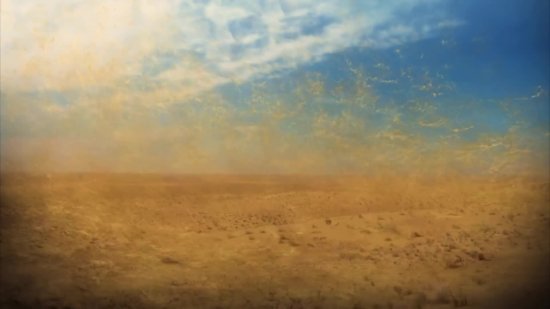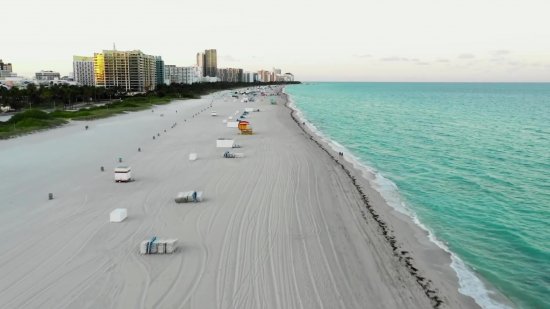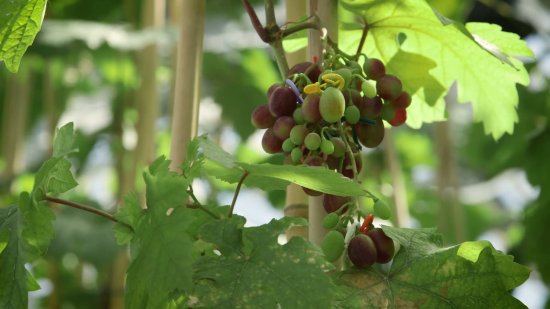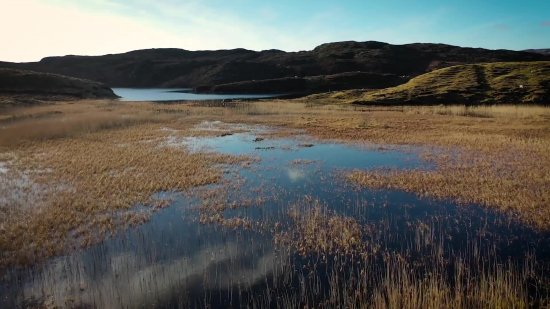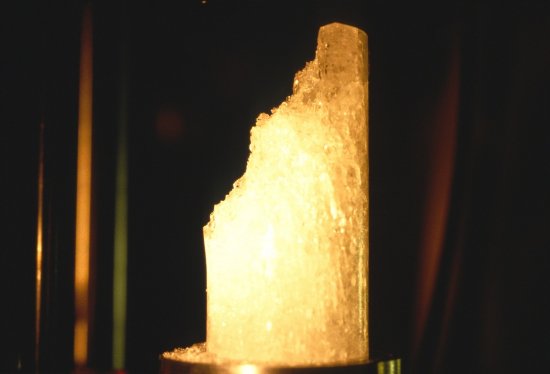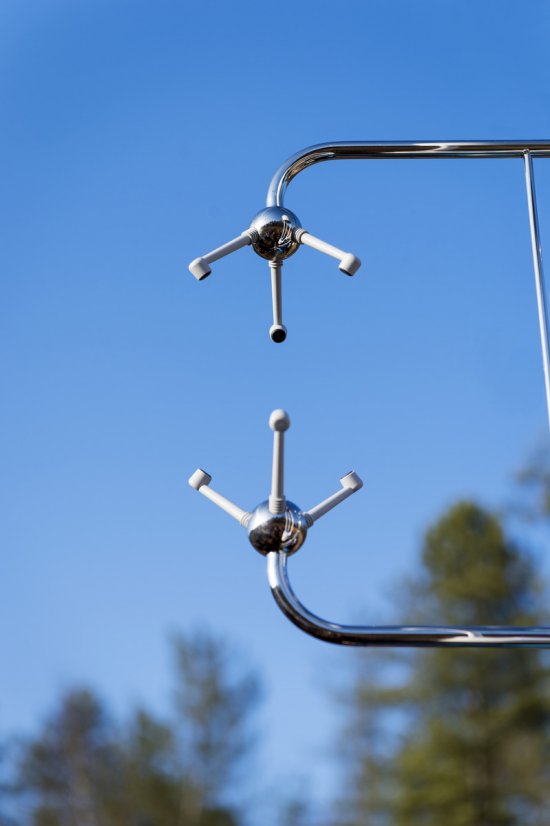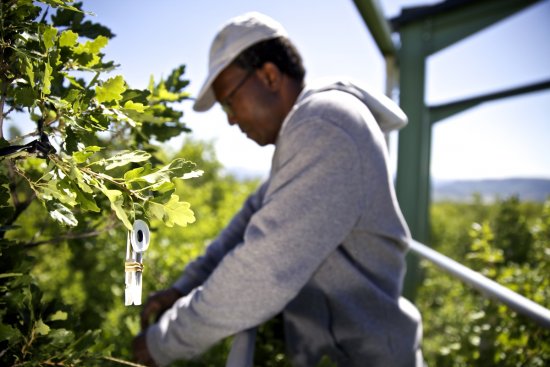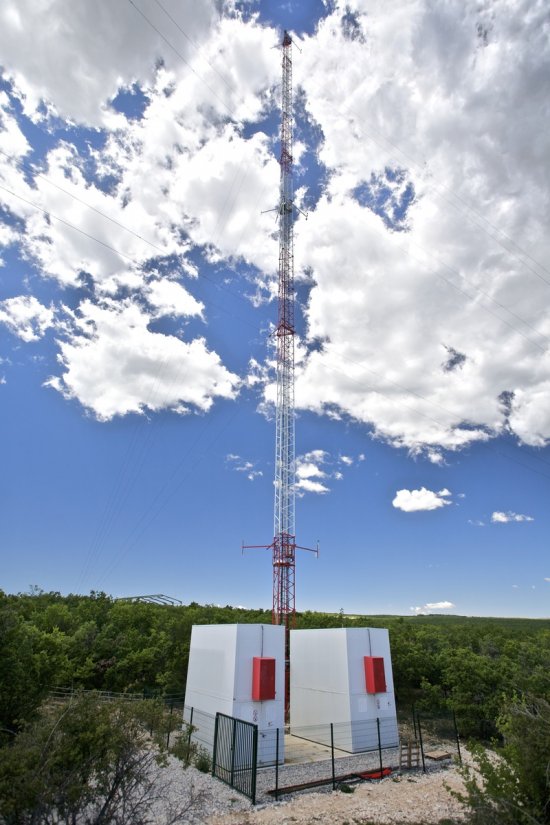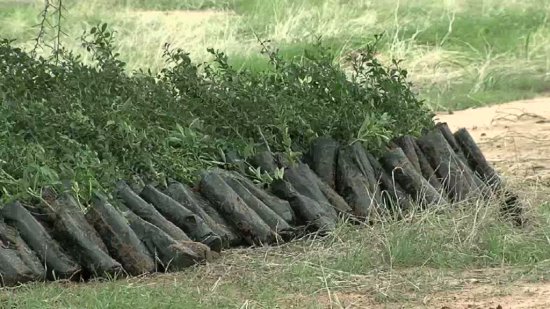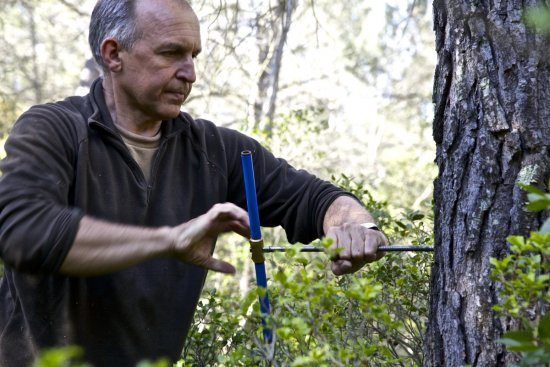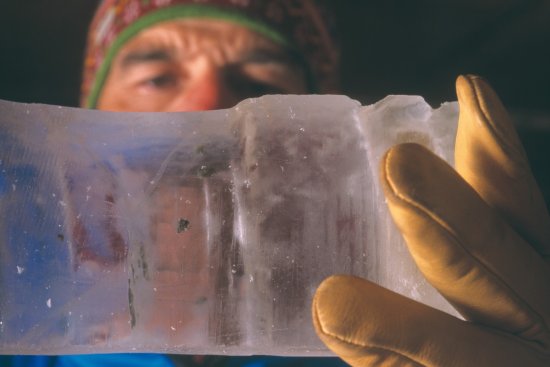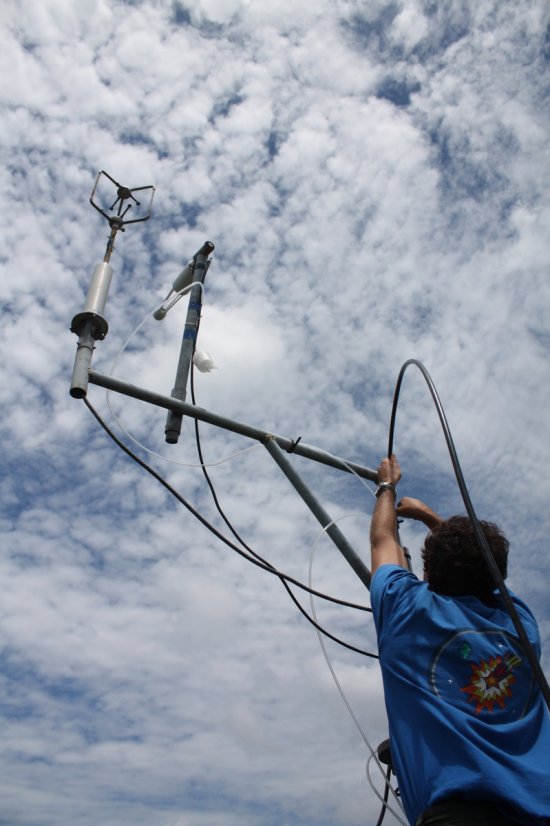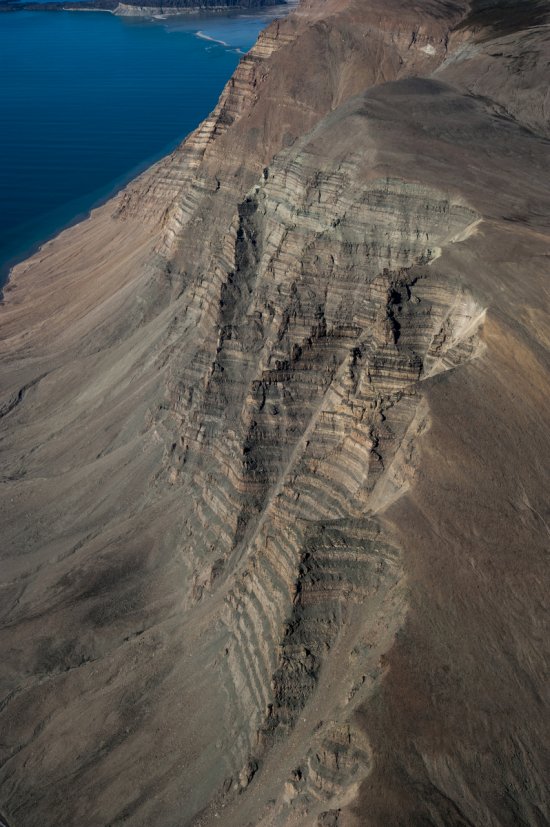Series
A look behind climate science
This 10-part series takes us deep into the analysis of the causes and effects of climate change. Discover the scientific evidence and experiments that underpin the work of the Intergovernmental Panel on Climate Change (IPCC).
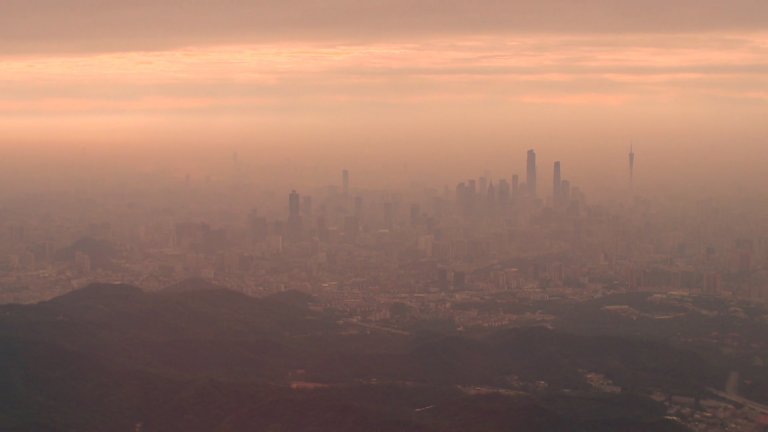
CNRS Images,
Our work is guided by the way scientists question the world around them and we translate their research into images to help people to understand the world better and to awaken their curiosity and wonderment.

